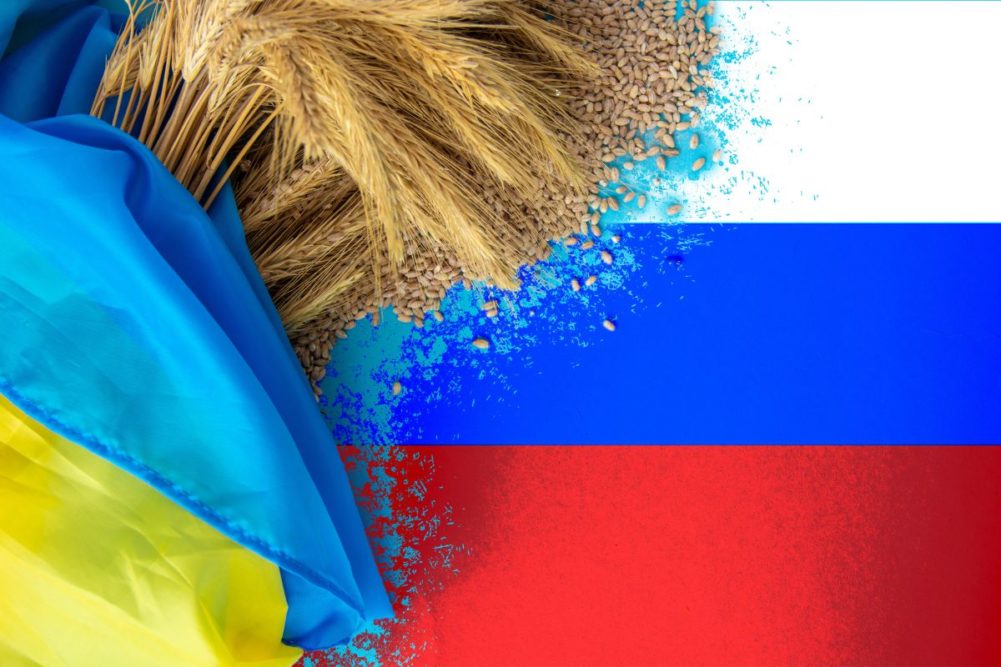KANSAS CITY, MISSOURI, US — The Russia-Ukraine war entered a new and dangerous phase on July 17 when Russia suspended its participation in the Black Sea Grain Initiative.

Arvin Donley
| Credit: ©SOSLAND PUBLISHING CO.Initially, grain traders shrugged at the news, anticipating that Russia, which has “cried wolf” dozens of times about pulling out of the deal, would re-enter the pact in a matter of days or continue to allow grain ships safe passage to avoid being labeled a villain in the fight against global food insecurity.
But instead, Russia rained bombs on Ukraine’s Port of Odesa, damaging grain storage infrastructure and reportedly destroying tens of thousands of tonnes of grain, not to mention dozens of other buildings and residences in the city. There were also reports of mines being placed in the water near Odesa and the threat of military action by Russia on any ship destined for Ukrainian ports. Ukraine countered with a similar threat to ships heading for Russia.
After grain prices initially retreated, the market whipsawed with news of the bombings and the threats being made to vessels in the Black Sea grain shipping route. On July 19, US wheat futures jumped 8.5%, the biggest single-day increase since the early days of Russia’s invasion in February 2022, while the London FTSE saw its largest increase in wheat prices since 2012.
These developments are troubling on many levels. What’s most worrying is there’s now a greater risk of the conflict expanding. Will NATO countries get more directly involved to try to ensure the safe passage of grain through the Black Sea corridor? The potential for miscalculation and misinterpretation has increased significantly.
Soaring grain prices in response to the instability also spell trouble for import-dependent countries with food-security problems that already were reeling from high inflation, the search for reliable suppliers to fill the void of less grain coming from Ukraine, and a more volatile climate that is reducing output in many major grain-producing regions.
Although Ukraine is in a better position to export grain through alternative routes via truck, rail and its river system than when the war began, it won’t come close to matching the tonnage that can be shipped through the Black Sea. In terms of grain production and export volumes, Ukraine is a mere shadow of its former self. It is projected to produce 25 million tonnes of corn and 17 million tonnes of wheat in 2023-24 — about half of its output in 2021-22 — as the conflict has reduced acreage, raised inputs and logistics costs, and drastically slashed farmers’ overall profitability.
As the world awaits Russian President Vladimir Putin’s next move, his 23-year reign as Russia’s leader has never been more tenuous, as we witnessed in June when mercenaries hired by Putin to wage war in Ukraine stunned the world by marching toward Moscow with the stated intention of shaking up the government’s military hierarchy. Although the march ended 125 miles from the capital, Putin’s reputation inside and outside of Russia was damaged.
Will a weakened but perhaps more desperate Putin roll the dice and sink ships in the Black Sea that defy the blockade, hoping to coerce the West into easing economic sanctions against Russia? Or will he make empty threats and avoid what could be a cataclysmic confrontation?
These are, indeed, tense and uncertain days.
Arvin Donley is editor of World Grain.




